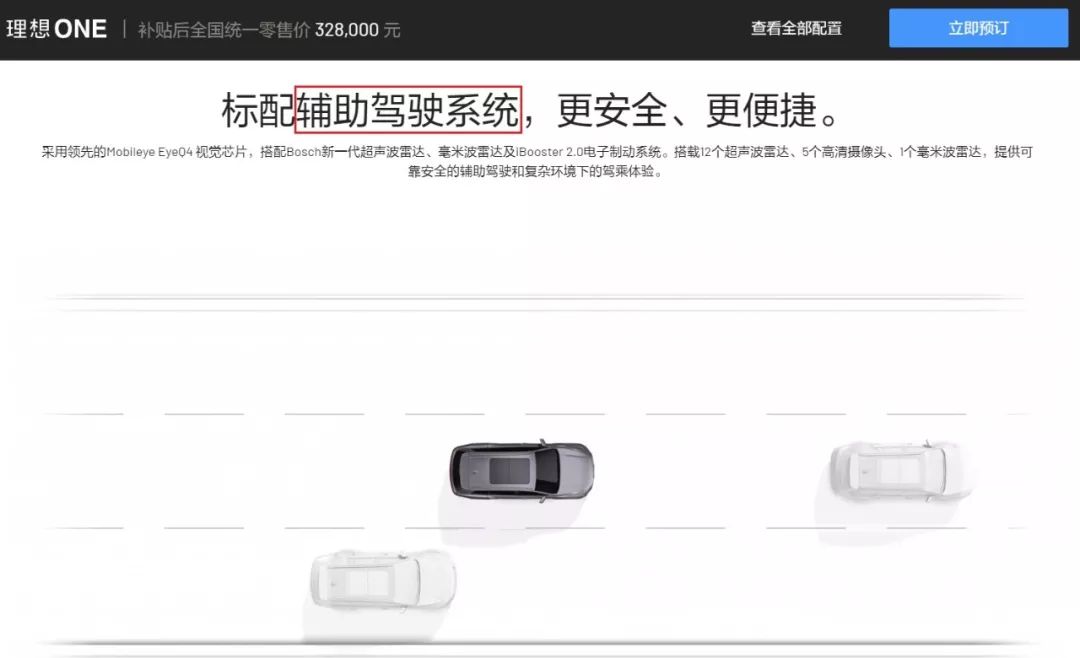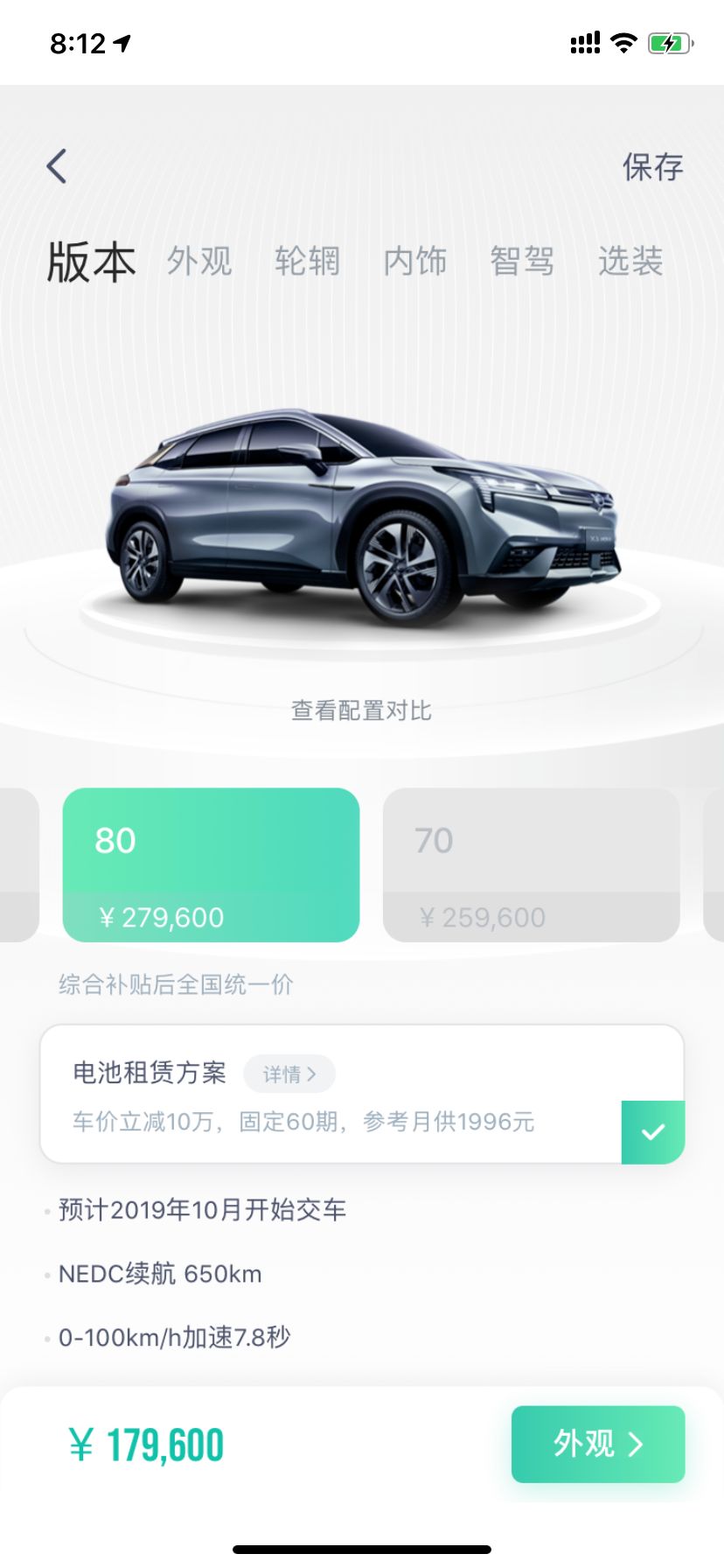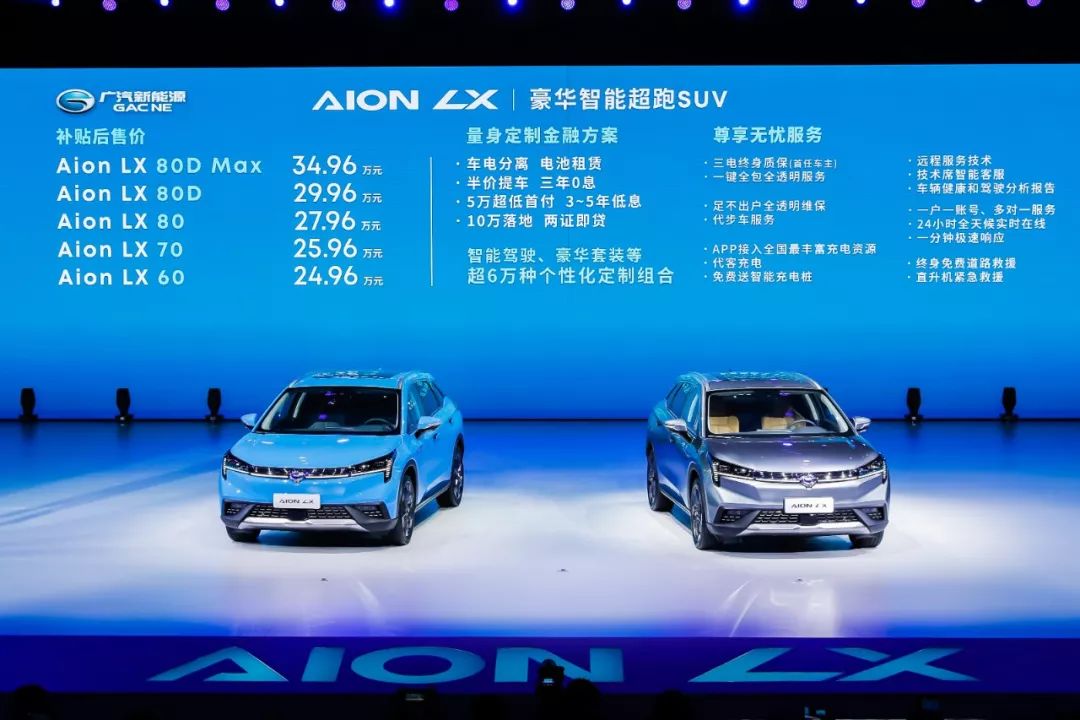On October 17th, GAC New Energy held the launch event for the GAC Aion LX in Shanghai.
According to the official announcement, deliveries for the Aion LX will begin immediately. This production schedule aligns with my expectations, as China’s sales of new energy vehicles have been declining for three consecutive months prior to the launch of the Aion LX. I am particularly interested in seeing how a pure electric vehicle from a traditional automaker performs in the market during the phase-out of subsidies.
Before and after the release of this article, controversial remarks about the product made by GAC New Energy management have been circulating on short video platforms such as Douyin and Weibo.
The latest comments came from GAC New Energy Vice President, Xiao Yong:
“If there are no luxury gasoline cars that are priced at one million or more, do not compare the Aion LX with them. I am confident in this regard. We aim to attract Tesla’s potential consumer base and become the number one in the market.”
As he spoke, he sat next to GAC New Energy General Manager Gu Huinan, who became famous for his confrontation with the new forces of vehicle production. In fact, he made a memorable statement during this media interview: “The vast majority of Aion LX owners are from BBA and even Porsche owners.”
In the past, I used to be fascinated by these statements, but later I realized that the vast majority of consumers do not care about these things. Ultimately, product quality speaks for itself, so let’s talk about the product.
Level 3 Autonomous Driving System?
First, let’s talk about the ADIGO advanced driving assistance system. In GAC’s launch announcement, this system is referred to as the “L3 Autonomous Driving Assistance System.” However, I noticed that in the Aion LX configuration table, the system is referred to as the “ADIGO Autonomous Driving System.”
Does this system support autonomous driving? GAC New Energy emphasizes the “world’s first mass production” of L3, but let’s first discuss the naming of ADIGO.
In GAC New Energy’s WeChat public account, we noticed the following expression: “The Aion S is also equipped with the self-developed ADIGO Autonomous Driving System by GAC New Energy,” but immediately afterwards, the system is referred to as “L2 Autonomous Driving Assistance System.”
Why Nitpick at Words?
Unlike new car makers like NIO and Li Auto, who insist on self-operated and controlled sales channels, GAC New Energy (GAC NE) is still reliant on its network of distributors. This means that in terms of sales, GAC NE has less control than NIO and Li Auto, who would train every Fellow or Product Expert.
As a result, the issue of hedging and vagueness in product promotion becomes particularly prominent, because in many cases, to facilitate car sales, distributors would selectively exaggerate the product functionalities. For example, is ADIGO an autonomous driving system?
So, let’s take a closer look at what exactly ADIGO L3, the “world’s first mass-produced” autonomous driving system, really is.
According to GAC NE, here, L3 probably refers to “Highway Driving Assistance,” which combines an HF radar that detects up to 200 meters, a Mobileye Eye-Q4 camera and high-precision maps, where the system processes data from these to pre-judge the road conditions and smoothly drive straight/turn automatically on highways.
If the above description is true, then after General Motors SuperCruise’s unsuccessful debut in China, the ADIGO autonomous driving assistance system “might be” the first system in mass-produced cars in China to use high-precision maps, but is it L3?
According to the Society of Automotive Engineers’ (SAE) definition, L3 refers to “conditional automated driving,” where the automated driving system completes all driving operations, and the human driver does not necessarily need to respond to all system requests under specific conditions, such as road and environmental conditions.
In other words, in scenarios that meet the official L3 definition (highways), human drivers can fully let go of their hands and eyes (hands-free & eye-free), handing over road monitoring and driving operations to the system.
So, does ADIGO L3 support hands-free & eye-free driving?
In the August 29 Aion LX presale conference, GAC NE stated that they had already prepared the technology and hardware for hands-free driving, but it is a policy issue. However, GAC NE did not provide more information on whether the redundancy fault-tolerant design of ADIGO’s central processor supports L3.
This is yet another problem of nit-picking at words.But for L3, redundant design of the system is crucial. Audi zFAS was touted as the world’s first system that allows the driver to hand over monitoring and driving behavior to the system completely, or in other words, it is true L3, even though its applications are extremely limited.
Going back to Aion LX, the approach of GAC NE is understandable. Why have there been so many undefined L2.5s in the market? Because even for L2, the differences in performance are very significant based on different software capabilities and hardware configurations. Especially when some automakers have already lowered their L2 to the 100,000-yuan level, highlighting the differentiation advantages of their own L2 is particularly difficult and passive in publicity.
On this issue, I’d like to talk about Ideal Automobiles. If you search for early information, Li Xiang initially referred to the Ideal ONE ADAS system as “standard L2.5 advanced ADAS system.” Later, Ideal Automobiles changed L2.5 to L2, and then further eliminated L2 and advanced, leaving only the ADAS system on its official website.

Why eliminate L2? You cannot assume that consumers understand the SAE automatic driving classification standard. “ADAS system” may make Ideal lose its advantage in publicity, but from the user’s perspective, this is the most reliable and least likely to be misunderstood strategy.
To return to ADIGO, this is an L2 with top-tier hardware configuration and software that is not yet ready, but GAC NE cleverly called it L3.
Advantages of midsize pure electric SUV product form
If Aion LX finally sells well, it is entirely due to the product form’s triumph. If you analyze the product forms in the current pure electric vehicle market, you will find that among all product forms, midsize SUVs are the most thorough in exploiting the advantages of electric vehicles (excluding players like Tesla, with their high-speed iteration and rich experience).
If the position is compact, the three-electric layout will further limit performance and endurance, and if it is one size larger to be mid-size or large, while space is more advantageous, achieving equivalent performance and endurance requires an incomparable high engineering resource investment.From BYD Tang EV to NIO ES6 84kWh version, to GAC Aion LX, the first SUV created by GAC NIO Electric Vehicle Technology, with NEDC range of over 650 km, and to Tesla Model Y, which has only been partially released. On the one hand, the chassis of midsize SUVs can easily accommodate large-capacity battery packs (the aforementioned products all have battery packs of over 80 kWh), on the other hand, midsize SUVs are also very friendly in terms of the balance between performance, energy efficiency and range of pure electric vehicles.
Considering that the underlying platform of Aion LX, GEP 2.0, is a forward-looking pure electric platform, and it is equipped with Ningde Times NCM 811 batteries, it is easy to achieve some new records in terms of its parameters.
The Aion LX 80D battery pack has a capacity of 93 kWh, a curb weight of 2180 kg, and a comprehensive range of 600 km, coupled with a 300 kW motor, allowing it to accelerate from 0 to 100 km/h in 3.9 seconds. These are excellent data, second only to the Tesla Model X Performance, which accelerates from 0 to 100 km/h in 2.9 seconds.
However, how much cost did Tesla pay to achieve the 1-second advantage over the midsize SUV Model X? The Model X is equipped with a dual motor of up to 568 kW and a 100 kWh battery pack (necessary for high current discharge), and its relatively limited space (due to the requirement of a drag coefficient of 0.25 Cd).
The NIO ES8 is equipped with a dual motor of up to 480 kW and a 70 kWh battery pack, allowing it to accelerate from 0 to 100 km/h in 4.4 seconds.
Therefore, for users who want to balance performance, range and energy efficiency, midsize SUVs are the best choice to compete for customers from gasoline-powered cars.
From Guangqi New Energy’s order page, it can be seen that both the dual motor versions of 80D and 80D Max will be delivered in February next year, while the lowest configuration 60 will be delivered in May next year. Only the single motor versions 80 and 70 are expected to be delivered from October 2019, which is when they officially began delivery. It is clear that 70 and 80 are the main models of Guangqi New Energy.

Think carefully about what the Aion LX 80 really is. Isn’t it what many people have been yearning for – “if NIO released a single motor version of the ES6, with longer range and lower price“?
With a comprehensive range of 650 km and a price of 279,600 yuan, Guangqi New Energy even offers a battery rental scheme of up to 100,000 yuan off, reducing the starting price to 179,600 yuan.Based on its specs, Aion LX is a pure electric vehicle with good all-around qualities. Its sales performance will be very interesting: if the decline in the new energy market is due to subsidy cuts and insufficient product strength, what market performance will Aion LX have?



This article is a translation by ChatGPT of a Chinese report from 42HOW. If you have any questions about it, please email bd@42how.com.
